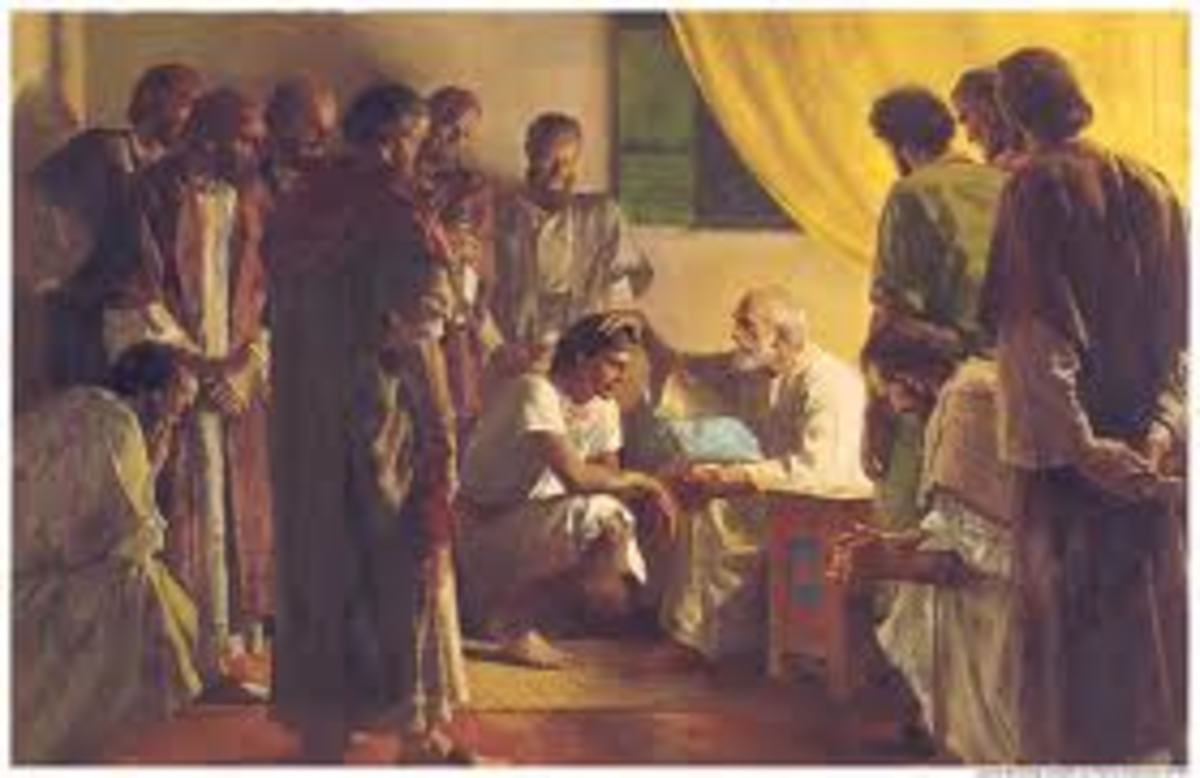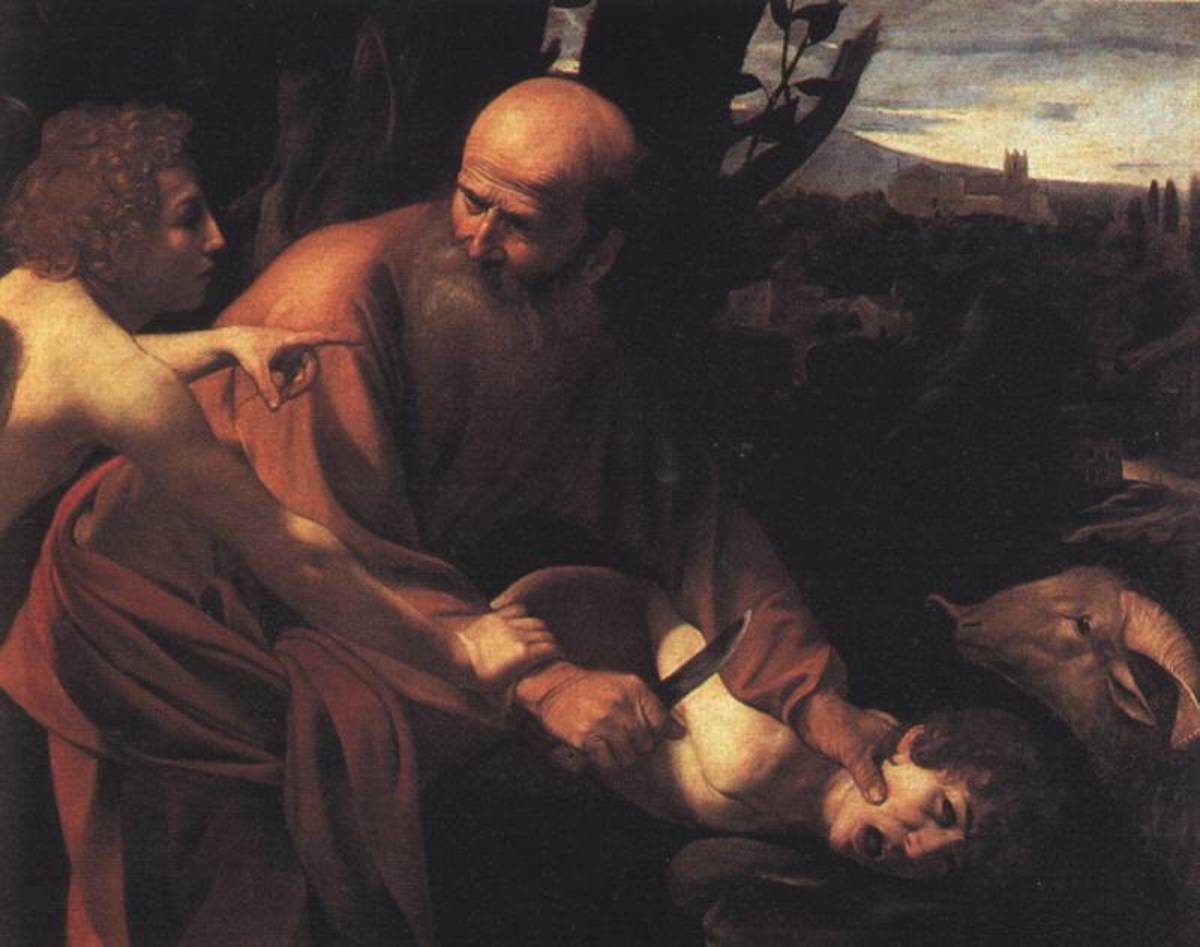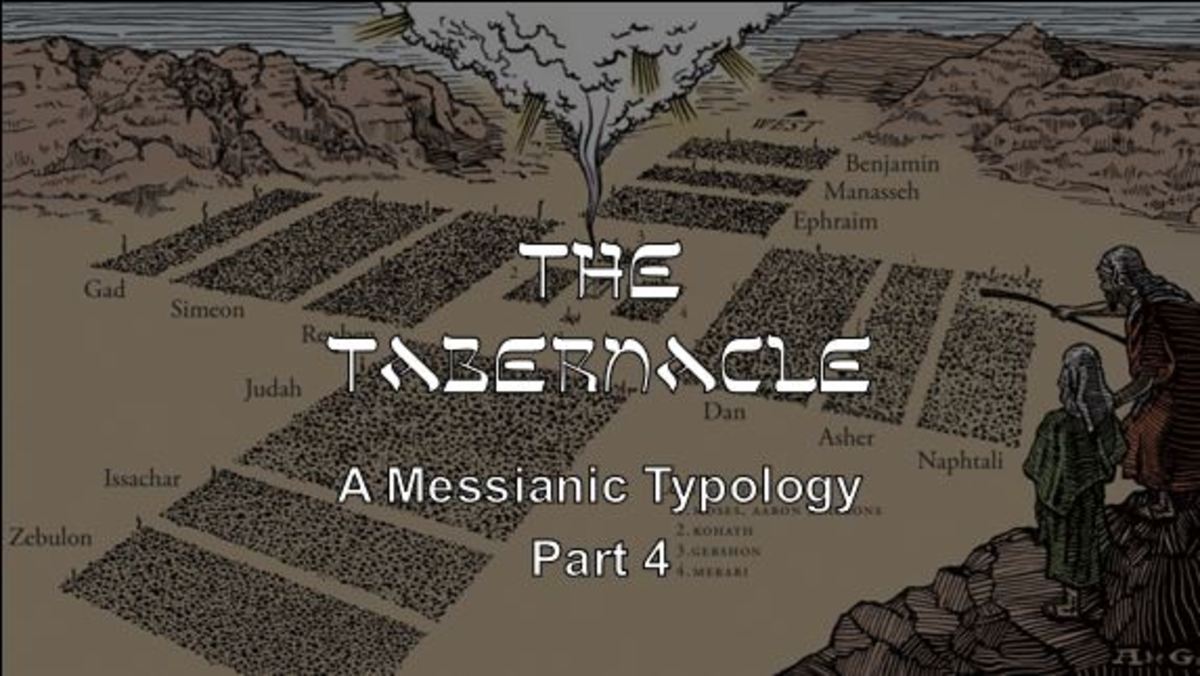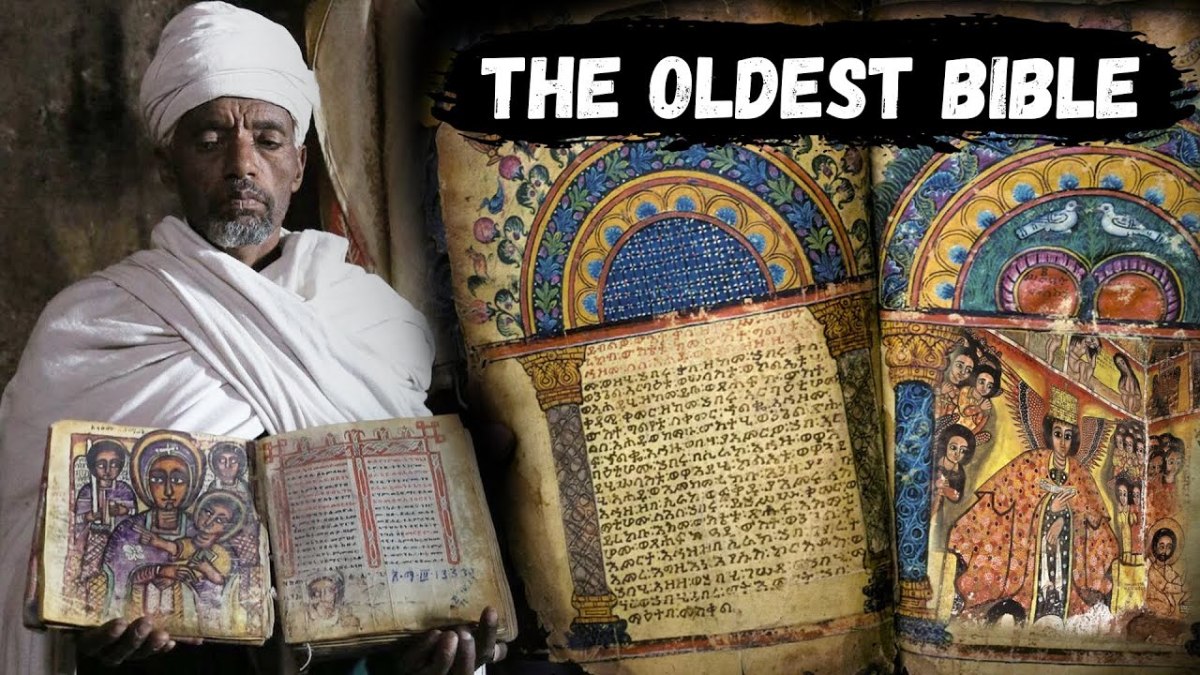Bible: What Does Exodus 29-30 Teach Us About Priestly Consecration and Tabernacle Furniture?
The High Priest
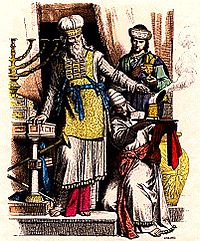
Aaron's Consecration Service
Next, Yahweh explains the consecration service of Aaron and his sons.
Officials (“You”) bring unleavened bread products in one basket and lead three unblemished beasts to the door of the tabernacle of meeting; there the officials wash Aaron and his sons and put on them the various priestly garments (vv. 1-9).
[The text does not specify who “you” is in these chapters; it does not seem possible that the word refers to Moses.
The author lists the order in which you/they dress the participants: tunic, robe, ephod, breastplate, woven band, turban, crown, anointing oil, sashes].
After Aaron and his sons “put their hands on the head” of the bull, someone kills it, takes some of its blood, puts it on the horns of the altar with his finger, and pours out the rest of the blood at the base of the altar (vv. 10-12).
Then they burn on the altar all of the animal’s fat from various body parts, and then burn its flesh, skin, and offal outside the camp as a sin offering (vv. 13-14).
[By putting their hands on the beast, Aaron and his sons identify themselves with it.
Sacrificing the bull symbolically removes their sins, thus setting them apart for service].
Likewise, they identify with and slaughter a ram, then sprinkle some of its blood all around the altar (vv. 15-16).
Blood on the Extremities
view quiz statisticsAfter disemboweling the animal and washing its parts, they burn the whole ram on the altar as a burnt offering, an offering of thanks (vv. 17-18).
They follow the same procedure with the second ram, except for putting some of its blood on the tip of Aaron and his sons’ right ear, the thumb of their right hand, and the big toe of their right foot, signifying their consecration from head to foot (vv. 19-20).
Then they sprinkle blood and anointing oil on Aaron and his garments as well as his sons and their garments (v. 21).
Next, they take fat from various body parts, the ram’s right thigh, one loaf, one cake, and one wafer, and give them to Aaron and his sons who then wave them as a wave offering (vv. 22-24).
Receiving the foods back, the officials then burn them as a burnt offering (v. 25).
The ram’s breast they also wave as a wave offering, and consecrate it along with the “thigh of the heave offering” (vv. 26-27).
Israel must continually supply this heave offering for Aaron and his descendants (v. 28).
[What is a heave offering? What is the purpose of waving food before the LORD?]
The Ram of Consecration
view quiz statisticsThe Ram of Consecration
One day Aaron will pass down his priestly garments to one of his sons, who will wear them for one week while he ministers in the sanctuary (vv. 29-30).
[These verses appear out of place, appearing in a section dealing with consecrating sacrifices, not priestly garments].
They boil the flesh of the “ram of the consecration” in the holy place, and Aaron and his sons feast on it and on the bread by the tabernacle door (vv. 31-32).
Only they may eat these holy foods, not “outsiders” (v. 33).
[Notice that besides having consecrating and sanctifying purposes, these items make atonement].
Finally, they must burn any foods left over until morning (v. 34).
The priestly consecration lasts seven days (v. 35).
Each day they must offer a bull as a sin offering for atonement for their consecration, then cleanse and sanctify the altar with an anointing (v. 36).
Anything that touches the altar must be holy (v. 37).
Daily offerings include two yearling lambs, one in the morning and one at twilight (vv. 38-39).
On the “menu” with the first lamb is a mixture of flour and oil, and wine as a drink offering (v. 40).
They present the evening lamb with the same grain and drink offerings as a burnt offering, a sweet aroma (v. 41).
These offerings must continue throughout their generations (v. 42).
God promises to meet with Israel in the tabernacle “sanctified by My glory” (v. 43).
Their consecration is essential in order for Him to dwell among them and be their God; they will then know the LORD, their Savior from Egypt (vv. 44-46).
The Altar of Incense
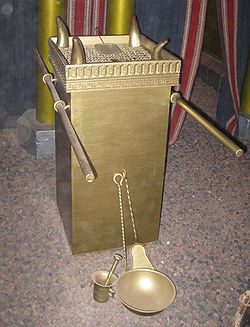
Exodus 30
The next piece of furniture in the tabernacle complex is the altar of incense (vv. 1-10).
Besides having its sides, its horns, and its molding overlaid with gold all around, the wooden altar is one and one-half feet long, one and one-half feet wide and three feet tall (vv. 1-3).
Men will carry the altar by means of golden poles thrust through golden rings situated under the molding on both sides (vv. 4-5).
The altar sits before the veil in front of the ark (v. 6).
Aaron must burn incense on the altar every morning and twilight (vv. 7-8).
No one must offer any other type of offering on it (v. 9); the high priest must “make atonement upon its horns once a year with the blood of the sin offering of atonement” (v. 10).
[This service takes place on Yom Kippur; see Lev. 16:3-34.]
Next, the LORD commands that every man—twenty years old and above, and regardless of financial status—give a ransom (half a shekel—the price of each life) for himself every time
Moses takes a census, in order to prevent a plague (vv. 11-15).
They must give this atonement money for the service of the tabernacle (v. 16).
The Laver
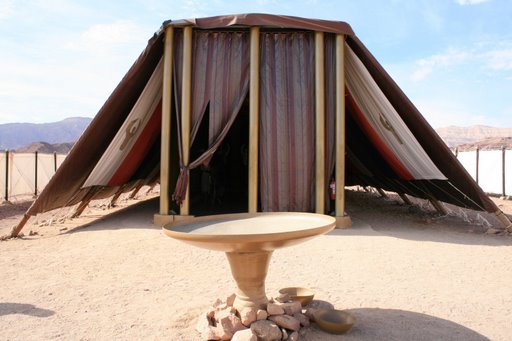
The Laver
Placed between the tabernacle and the altar, the laver—a bronze basin in which Aaron and his sons shall wash their hands and their feet—is the next structure mentioned (vv. 17-19; cf. John 13:8-10).
Aaron and his sons must wash themselves there every time they minister at the tabernacle or near the altar (vv. 20-21).
Moses (or someone appointed for the task) will prepare anointing oil from a variety of quality spices—liquid myrrh, cinnamon, cane, and cassia—and mix it with olive oil (vv. 22-25).
He will consecrate every structure of the tabernacle and its utensils with it (vv. 26-29) as well as Aaron and his sons (v. 30).
The LORD prohibits (on pain of death) the pouring of this oil, the making of a different compound, and the putting of any of it on an outsider (vv. 30-33).
From other spices, he shall make “salted, pure, and holy” incense (vv. 34-35).
He must put some of this compound beaten very fine before the Testimony (v. 36).
Again, God allows no one to make this kind of incense for personal use (vv. 37-38).
© 2013 glynch1

